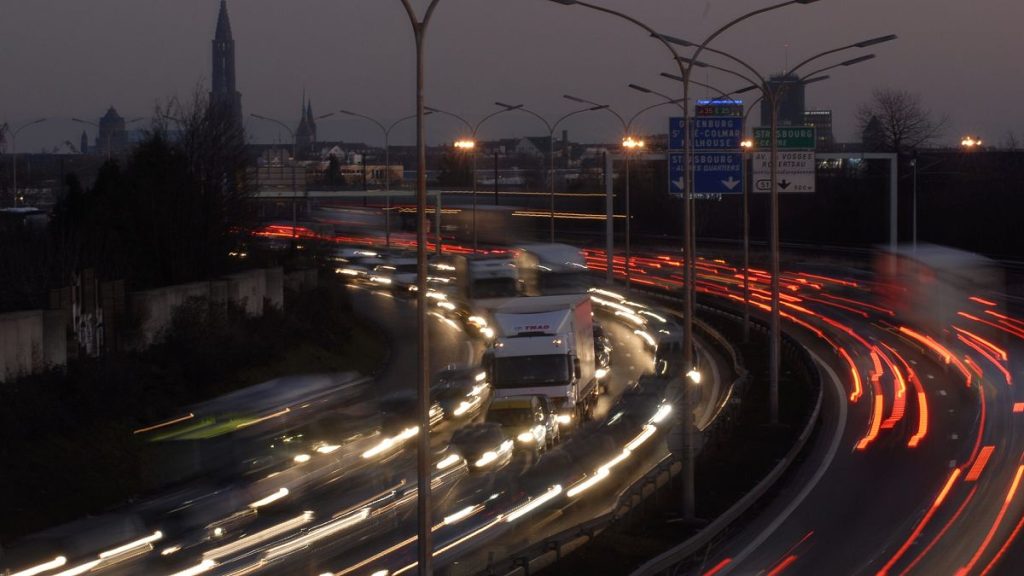The tranquility of urban life is increasingly under threat from noise pollution, a pervasive issue that significantly impacts public health but remains inadequately addressed by European authorities. The European Court of Auditors (ECA) has issued a stark warning, highlighting the disparity in regulatory action between air pollution, which has seen significant improvements due to stringent limits, and noise pollution, which continues to be largely neglected. The absence of EU-wide noise reduction targets, unlike the well-defined limits for air pollutants, discourages member states from prioritizing noise mitigation strategies. This lack of cohesive action compromises the health and well-being of a significant portion of the European population, leaving them vulnerable to the detrimental effects of chronic noise exposure.
The pervasiveness of noise pollution is alarming, with over 20% of EU citizens exposed to harmful long-term noise predominantly originating from road, rail, and air traffic. This constant barrage of noise has far-reaching health implications, including stress, sleep disturbance, and cardiovascular problems. The impact extends beyond adults, affecting children’s cognitive development and behavioural patterns, with half a million children experiencing impaired reading ability and an estimated 60,000 exhibiting behavioural difficulties attributable to transport noise. Despite these evident consequences, efforts to monitor and manage noise pollution remain inadequate, hindering a comprehensive understanding of the problem’s scope and impeding the development of effective solutions.
Data collection on noise pollution is fragmented and incomplete, with significant gaps attributed to lax monitoring practices across member states. The ECA report reveals that 15 out of 27 member states have failed to provide the data required under the EU’s Environmental Noise Directive, further compounding the challenge of assessing the true extent of the problem. While the European Commission has set an indicative goal of reducing the number of citizens chronically disturbed by transport noise by 30% before the end of the decade, their own estimates suggest a more realistic outcome of 19% at best, with a worst-case scenario projecting a 3% increase in noise pollution levels. This discrepancy underscores the need for more robust targets and binding limits to incentivize member states to take more decisive action.
The ECA’s investigation, focusing on Athens, Barcelona, and Krakow, reveals broader European trends, highlighting the urgent need for standardized data collection and harmonized regulations. The auditors recommend assessing the feasibility of implementing legally binding noise reduction targets and limits by 2029, aligning with World Health Organisation (WHO) recommendations. This would provide a much-needed framework for member states to prioritize noise reduction initiatives and protect their citizens from the detrimental health effects of excessive noise. Meanwhile, cities like Paris are taking proactive measures, independently implementing noise reduction strategies to mitigate the impact on their residents, demonstrating a localized recognition of the problem’s urgency.
While air quality is showing signs of improvement across Europe thanks to well-defined pollutant limits and consistent enforcement by the Commission, the progress remains insufficient. The ECA emphasizes the need for flexibility in implementing regulations to ensure public acceptance and avoid undue hardship. For instance, blanket bans on older vehicles in low emission zones could disproportionately affect communities where car ownership demographics skew towards older models, potentially leading to social and economic repercussions. Finding a balance between stringent regulations and pragmatic implementation is key to achieving sustainable improvements in air quality without creating unintended consequences.
The ECA acknowledges the increasing challenge for cities to meet air quality targets as EU pollution limits approach the evidence-based levels recommended by the WHO. This requires a multi-pronged approach involving technological advancements, behavioural changes, and robust regulatory frameworks. As urban populations continue to grow and transportation needs evolve, a concerted effort to address both air and noise pollution is critical to ensuring the health and well-being of European citizens and creating sustainable urban environments. The ECA’s report serves as a timely reminder of the often-overlooked issue of noise pollution and underscores the urgent need for stronger regulatory action to address this growing public health concern.

